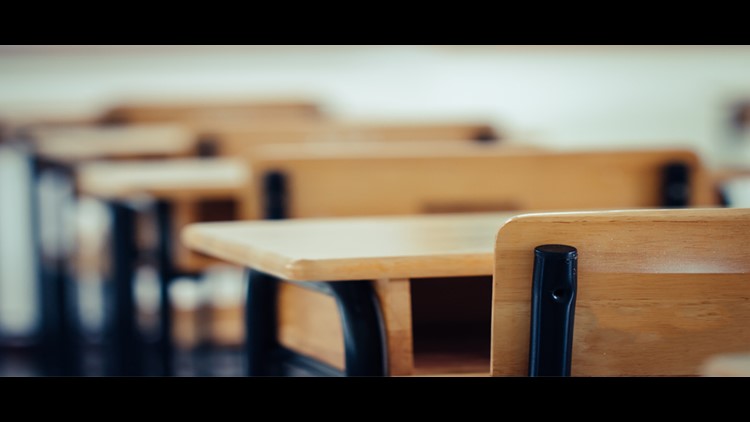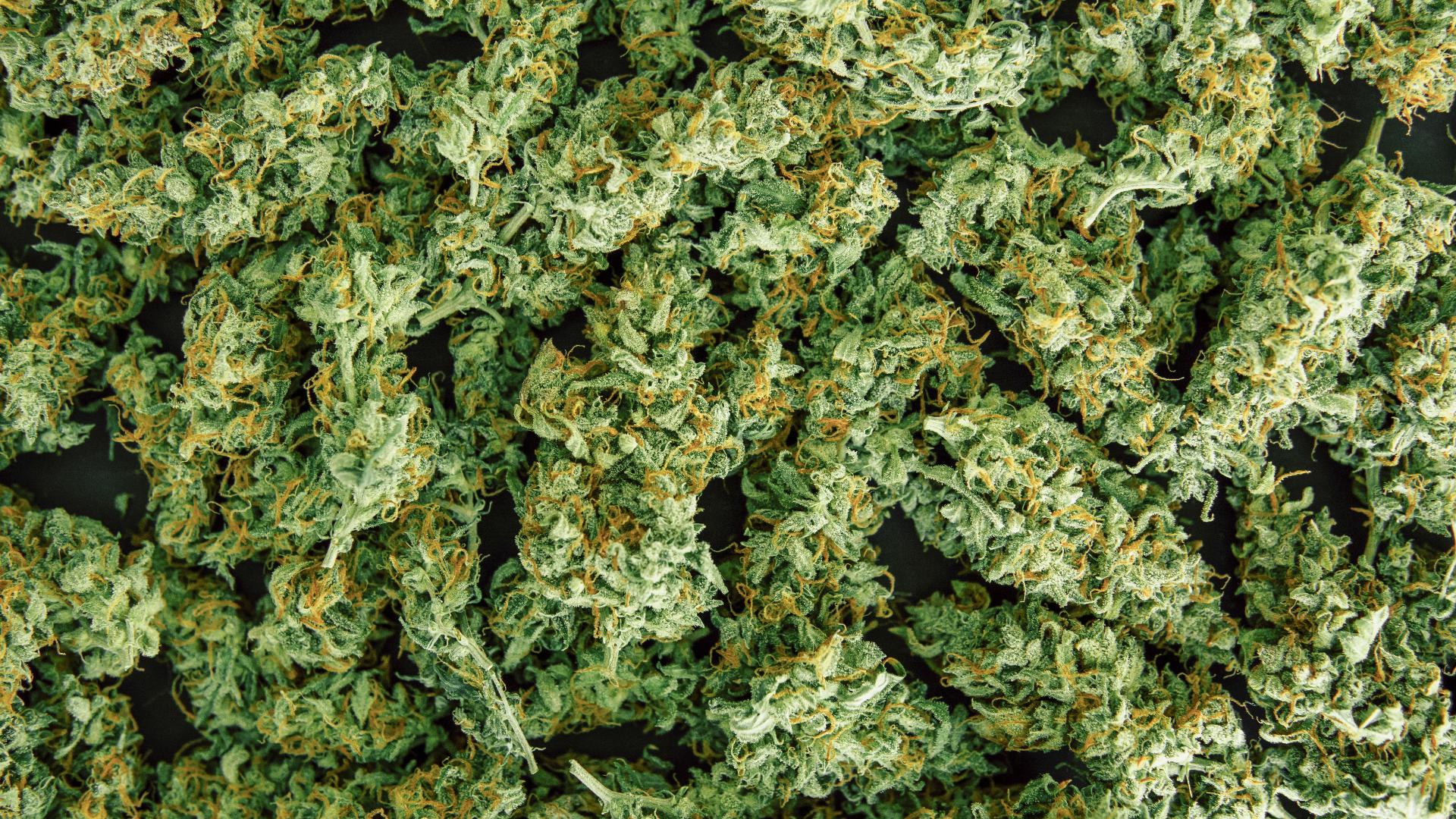BLOOMINGTON, Ind. — Everyone, from Gov. Eric Holcomb to parents, teachers, students and employers, yearns to reopen schools and universities within the next three to four weeks. But parents are consumers, and most want schools to reopen when it is safe to do so.
On Tuesday, President Trump injected politics into the equation that is being debated by thousands of school trustees, administrators, state and local health officials. “We hope that most schools are going to be open,” Trump said at the White House. “We don’t want people to make political statements or do it for political reasons. They think it’s going to be good for them politically so they keep the schools closed.”
He threatened to cut off federal aid to schools that don’t fully reopen.
The problem these educators and trustees are facing is the resurgence of the first wave of COVID-19. Trump cited school reopenings in Germany, which posted 219 confirmed cases on Monday, compared to 192 in Italy and 57,186 in the U.S. Indiana has seen its testing positivity rate increase to 5.9% this past week, a precursor to more trouble.
Vice President Pence said at a now rare Coronavirus Task Force presser, “Well the president said today, we just don’t want the guidance to be too tough. That’s the reason why next week, the CDC is going to be issuing a new set of tools, five different documents that will be giving even more clarity on the guidance going forward.”
“We all know schools can safely reopen in the fall,” Pence said.
The notion that Trump’s political foes want to keep schools locked down for partisan reasons is ludicrous. Keeping schools closed sets off a chain reaction that impacts jobs and the economy, with many parents having to choose between child care and employment.
On March 1, Pence said on NBC’s "Meet The Press" that President Trump would defer to local officials to make pandemic decisions on local schools. “I think the president would respect any decisions that are made at the state and local level. Those are decisions that governors in consultation with local health officials will make as they deem that necessary,” said Pence, who had been a passionate advocate for school choice at the local level over state and federal oversight.
In Indiana, it was Avon Schools suspending classes for two weeks after some of the first virus cases showed up that was a precursor to Gov. Holcomb’s lockdown order in an effort to keep the state’s hospitals from being overwhelmed. Nationally, it was NBA Commissioner Adam Silver and several NCAA conference presidents who pulled the plug.
That set off the more general shutdown that has had a devastating impact on the jobs and President Trump’s reelection chances, which had been based on a vibrant economy.
The Trump Administration has very little credibility left in its pandemic response. It shelved the National Security Council’s pandemic response team in 2018, failed to staff the Predict program that placed U.S. epidemiologists in China who could have given the U.S. an early warning (instead of relying on the Chinese regime), and then Trump spent February through mid-March suggesting the pandemic would “miraculously disappear” when warm weather came in April.
As late as last week, Trump was still in his alternative universe: “I think that at some point that’s going to sort of just disappear, I hope.”
He did the same thing in mid-June when he urged many of these same Sunbelt states to reopen prematurely, tweeting that states needed to be “liberated” from their cautious governors.
There has been no national test and trace program, and no national strategy when it comes to school reopenings. That has shifted to the states. That the CDC would revise its school guidelines during the third week of July, just days before many are scheduled to reopen, is another example of this administration’s clown car fire drill.
What are the federal guidelines to keep teachers, students and families safe? How will social distancing work in the classroom, lunchroom and school bus? Will the feds help pay for the budget-busting added expenses? Should schools be open when health officials shut down local bars and restaurants? What happens when the inevitable teacher, student, staffer or bus driver tests positive? Should schools reopen in emerging hotspots like Elkhart and Evansville?
Ultimately it will be consumers who will decide when they feel safe enough to dine in a restaurant, board an airliner, attend a Purdue football game, or send their kids back to school.
Bad decisions and missed opportunities have the potential to ratchet up to a chain-reaction disaster. Hoosier schools want as many students in class for the September headcount that the federal and state governments base their funding decisions on.
President Trump always opted for the easy route and his decisions have always been about HIM. The wearing of face masks signaled disapproval of HIM. He’s held big indoor MAGA rallies for maskless throngs because HIS ego needed them (and now there’s a new COVID spike underway in Tulsa). Ditto for the Republican National Convention in COVID hotspot Jacksonville this August.
His policy problem is that school administrators and parents aren’t looking for easy answers. They want to know their kids will be going into a safe environment, and not bringing home COVID to their more vulnerable parents and grandparents.
The columnist is publisher of Howey Politics Indiana at www.howeypolitics.com. Find Howey on Facebook and Twitter @hwypol.



